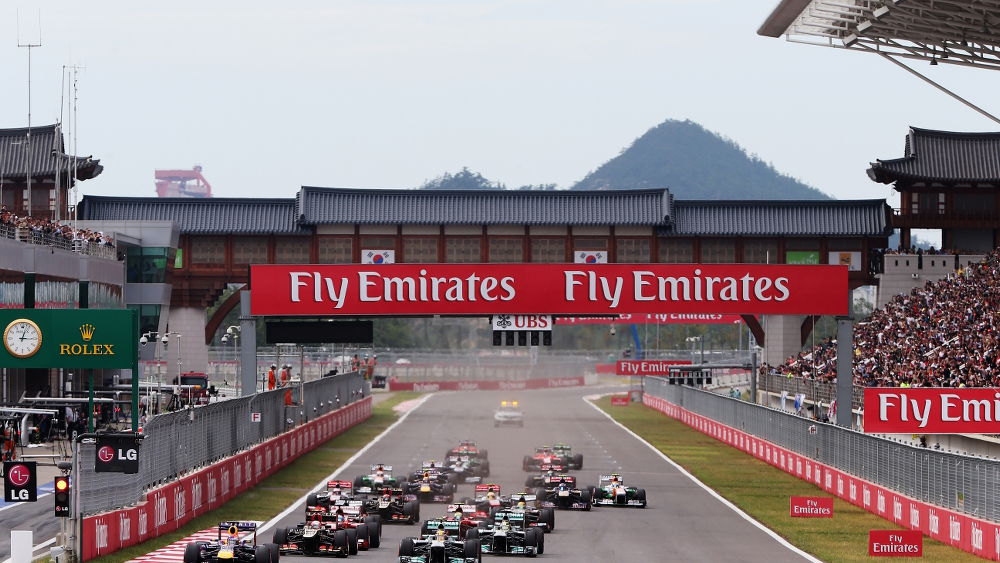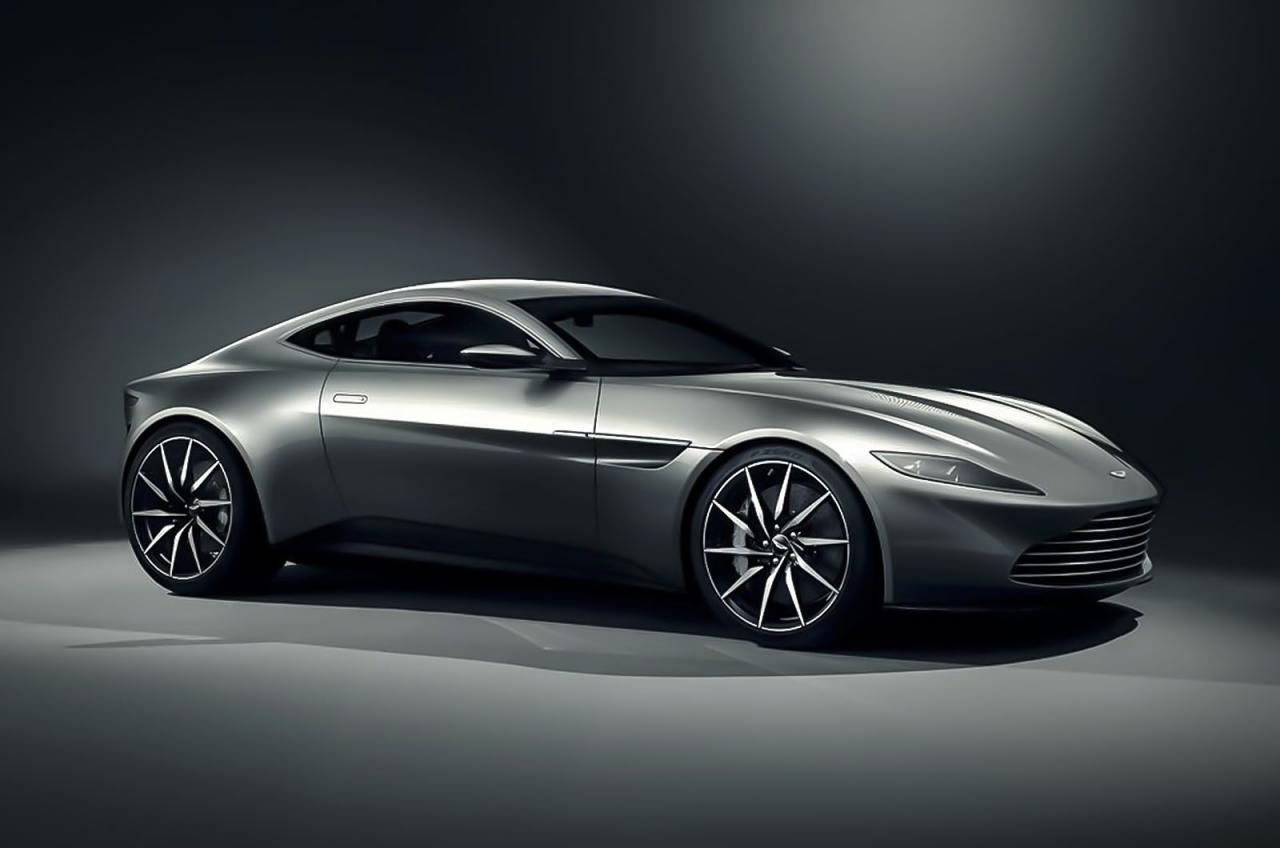The Massive 2015 F1 Calendar Is 21 Races Long

The FIA has announced several regulation changes for the 2015 F1 season, as well as the final calendar. Next year’s schedule will include a record 21 races, with the Korean Grand Prix set to return after a year out.
The rather unpopular race still awaits confirmation, but it has been handed an earlier slot on 3 May, between the Bahrain and Spanish Grands Prix. The only other change is the Chinese Grand Prix being moved forward to become the third race of the season.
2015 F1 calendar:
- Australian Grand Prix – 15th March
- Malaysian Grand Prix – 29th March
- Chinese Grand Prix – 12th April
- Bahrain Grand Prix – 19th April
- Korean Grand Prix – 3rd May (TBC)
- Spanish Grand Prix – 10th May
- Monaco Grand Prix – 24th May
- Canadian Grand Prix – 7th June
- Austrian Grand Prix – 21st June
- British Grand Prix – 5th July
- German Grand Prix – 19th July
- Hungarian Grand Prix – 26th July
- Belgian Grand Prix – 23rd August
- Italian Grand Prix – 6th September
- Singapore Grand Prix – 20th September
- Japanese Grand Prix – 27th September
- Russian Grand Prix – 11th October
- United States Grand Prix – 25th October
- Mexican Grand Prix – 1st November
- Brazilian Grand Prix – 15th November
- Abu Dhabi Grand Prix – 29th November

The World Motor Sport Council also confirmed changes to next year’s regulations The controversial double points rule is indeed out of the picture, as is the proposed standing restart idea. Meanwhile the virtual safety car tested at the last few rounds of the 2014 season has been approved. The FIA explained in the statement:
“It will normally be used when double waved yellow flags are needed on any section of track and competitors or officials may be in danger, but the circumstances are not such as to warrant use of the safety car itself.”
When a race is stopped, drivers will return to the pit lane instead of the starting grid, while team members or equipment still on the grid by the 15-second signal will result in a pit lane start for the driver involved. A whole power-unit change will not result in a penalty, but - like 2014 - grid drops will be handed out for individual components. If a driver qualifies so that not all of the grid drop is applied, one of four time penalties will be handed out depending on the remaining positions.

A new 10-second time penalty will be introduced in 2015. A 10-second stop/go penalty will be given to any naughty drivers who are released unsafely from their pit box and the boringly long safety car periods may become shorter next year, because once the last lapped car has gone past the leader, the safety car will return to the pit lane at the end of the following lap, rather than waiting for the cars to catch up to the back of the pack.
Minor changes have been added to the 2015 technical regulations, including the minimum car weight increasing from 701kg to 702kg. Meanwhile from 2016 onwards, a driver will have to be at least 18 years old to be given an F1 super license - this change could make Max Verstappen (currently 17) the youngest F1 driver for quite some time.


Comments